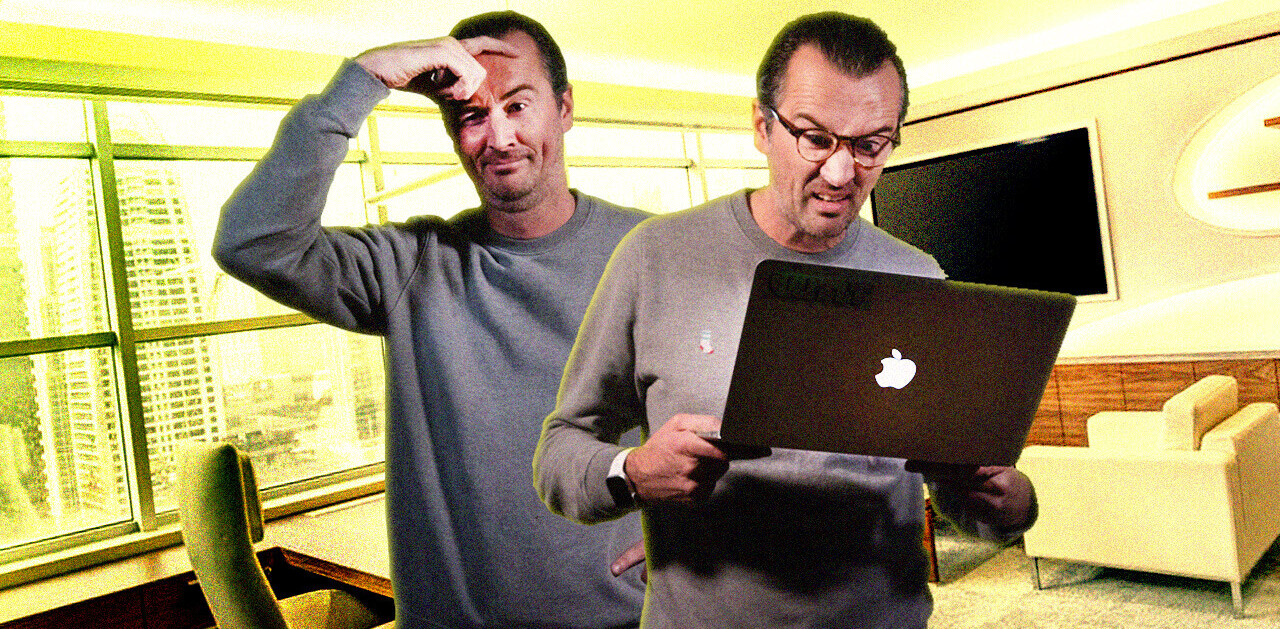The doctor’s words still echo in your mind. Your fingers tremble as you sit down to learn more about the diagnosis your loved one just received. You know there’s a long road ahead, and finding out more about the disease is the first step forward. You have the internet and the pamphlets the doctor handed to you in the waiting room. You’re all set.
Except you’re overwhelmed, emotional, and you can’t understand most of it.
This might be a dramatic way to get into how to improve your content, but it’s an apt example of the challenges most businesses face.
Unfortunately, studies show that almost 9 out of every 10 adults don’t have the health literacy skills to comprehend the medical information they read (and you might face the same challenge in your industry). What’s also unfortunate, is that it’s partially our fault.
I can admit it’s at least partially my fault. I have been involved in the creation of important healthcare and financial content for more than 10 years. On every single project, the content was created one time according to what we assumed would work best. One manuscript, one set of art assets, one set of code/animations developed for a specific target audience, which was usually defined by age because we believed that reigned supreme.
[Read: How to optimize your cart abandonment email strategy]
We weren’t doing anything wrong or unethical; we were just following precedent, doing what we were told. We thought our content was perfectly suited for everyone in the chosen age range.
What’s the point of content? It’s for the people consuming it to learn something new, to walk away understanding what they’ve read. It’s not about us or what we approve of; it’s not even about what we want. Our job is to serve people who need information. And yet, from annual reports to MOAs, we constantly publish content and cross our fingers that everyone consumes it the way we intended.
Now I realize how much we have been missing our true target audience. A lot of this content is overwhelming and confusing, and not everyone who approaches it has the same reading or understanding level. When it comes to understanding things like health or finance, everyone is our target audience.
I am sure there are other people out there with these thoughts in mind. Those people are likely delivering brilliant content that’s suitable to their customers, on every level. And I applaud you. But for most of us, we have a “one-size-fits-all” mentality when it comes to content. And that should change.
Times have changed — so should our approach to understandable content delivery
Fast forward to today: The content landscape changes drastically at the blink of an eye, and technology powering content delivery looks quite different than it did a few years ago. Use of content personalization is on the rise and there are now so many means to provide content exactly suited to the person consuming it.
We shift content for each person based off of their mood, their schedule, their sense of humor. But why do we stop there? We don’t often consider mental ability or literacy skills, so we don’t shift important content based off of those factors.
Along with a great group of friends and business partners, I’ve taken the first step in changing the content landscape at my company. We created a web-based experience that offers disease education content at multiple levels of understanding. Users are presented with a “default” level of content and the ability throughout the experience to change the content based on their reading and understanding level.
Leveraging user preferences and technology-driven approaches, the platform will evolve over time to get better at delivering the right content the first time someone visits. Now this might sound fine in theory, but what about actual examples? Well, my team and I are piloting this approach to content delivery with Alzheimer’s disease — feel free to go check it out. Although it might not be exactly applicable to your own business, it can hopefully give you an idea how you can improve your content.
Our approach to solving this problem isn’t the only way
I’m not saying it’s easy, but I challenge each of us to break out of the boxes we’re so used to thinking inside of. Notice what you’ve started doing mechanically and try to find another perspective. Use any method possible to start delivering content better suited for our consumers.
Just because we have always taken the one-shot approach doesn’t mean we still should. If you are delivering a complicated piece of content, why not deliver it in multiple ways? Everyone deserves access to content that makes sense to them.
We have this knowledge now. It’s our responsibility to use it wisely. Help us help everyone understand.
Like what you’ve read? On Growth Quarters, we strive to go beyond generic ‘fortune cookie advice’ and learn directly from the people who have walked the walk. And this summer, at TNW Conference 2020 in Amsterdam, we’ll take Growth Quarters offline again with a vibrant program dedicated exclusively to sustainable business growth. Listen to keynotes from leaders from the world’s most successful companies and get actionable guidance to help you grow professionally. Get early bird tickets now and learn more about the Growth Quarters track.
Get the TNW newsletter
Get the most important tech news in your inbox each week.





